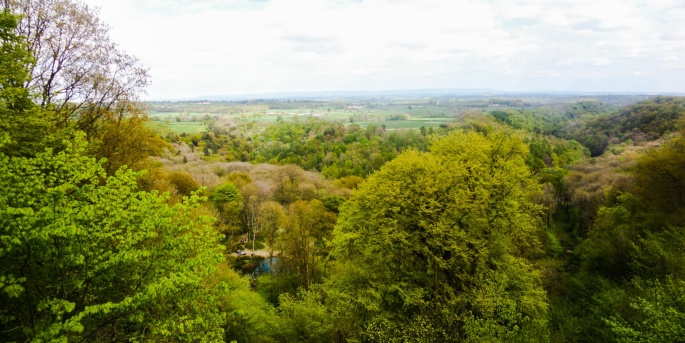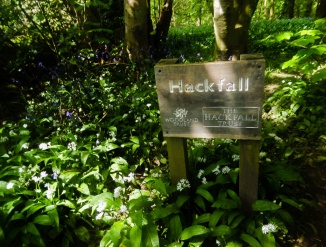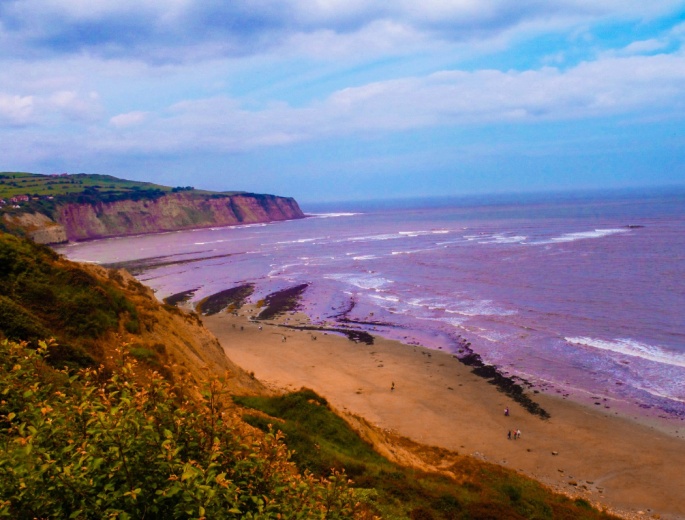Ah Geocaching – You may have never heard of it, or have and don’t play it or you are a GEOCACHER! You can be a Geocacher from any country and it is a global game which means you can play it at home or abroad: How awesome is that?
Now to answer the question you might be asking, Yes I am a Geocacher but I’m nowhere near prolific compared to many others. I often hunt out geocaches when I travel abroad as many are placed in areas of significance but not the norm for a tourist to visit, exploring a place of interest and/or beauty. Of course, I have found geocaches in my local area and actually own one myself after adopting it from a fellow geocacher – I walk pass the location 2-3 times a week and I do not live far that any maintenance/replacement can be done fairly quickly.
If you have watched the video at the top of the video then you have learned what geocaching is and if you haven’t – Go watch it! It is an activity for all abilities, whether you play regularly or not. I am able but I have also been out with groups of people with a range of disabilities from being blind, in a wheelchair, learning and mental – It really is an inclusive activity.
Geocache containers and their hiding places
As the video states, geocaches range in size, containers and difficulty. Thy can be small nano containers which are magentic, or large containers with treasures that a pirate would be proud of. You can be taken into the centre of a city filled with lots of people or into the hills, where there are less people. Those whom don’t know of this game are known as “Muggles” and the aim is to grab a geocache (cache for short), sign the logbook and return it as exactly as you found it without being discovered – Trickier than you think! However, whilst many find enjoyment of being a ninja, if you get the odd look, lack subtlety or just want to celebrate your acheivement, it is okay! (Seriously, it is.) Just remember, other geocachers maybe near by and you want them to have the same journey or discovery as you did, as it’s all part of the fun. Some of the hiding places are very ingenious, so if you think something might be a little crazy, check it!
On the hunt for geocaches…
What do you need? The answer is is the video, either a phone with GPS or a GPS device and many people find that the latter are often more accurate but both devices will encounter similiar problems and that is mainly sateillite coverage. If you go to find a cache in the woodlands and their is a lot of folliage, expect the ‘distance’ to be off and when you get within 30ft of the cache location, start looking. I have got 2ft within a cache location before according to the GPS and the cache itself was actually about another 10ft away. These things like many aspects of the game will come to you in time, also learning new little things that build up your experience, skills and knowledge of the game.
There are many tips out there and a large community to support and share stories. Each geocache will have a little information on them about the cache itself, maybe a handy hint (if you are struggling) but it is also handy to read previous logged comments by other geocachers too.
Come on… join us!















 Hackfall Woods in Ripon, North Yorkshire is a wonderful woodland that I have had the wonderful opportunities to visit on several occassions, but also help with some of the conservation work to restore it to its former glory. The woodland is first mentioned in the Doomsday Book of 1086 with ownership over the past millennium ranging from the Knights Templar, Lords, Earls, the local village folk and for the past 40 years has been owned by the Woodlands Trust.
Hackfall Woods in Ripon, North Yorkshire is a wonderful woodland that I have had the wonderful opportunities to visit on several occassions, but also help with some of the conservation work to restore it to its former glory. The woodland is first mentioned in the Doomsday Book of 1086 with ownership over the past millennium ranging from the Knights Templar, Lords, Earls, the local village folk and for the past 40 years has been owned by the Woodlands Trust.








































You must be logged in to post a comment.